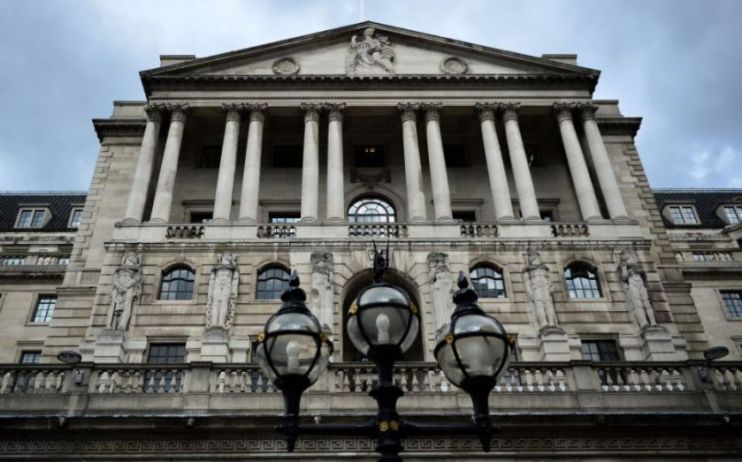DEBATE: Is the Bank of England out of ammunition for the next recession?

Is the Bank of England out of ammunition for the next recession?
Jumana Saleheen, chief economist at commodities consultant CRU Group, says YES.
Lessons from history: central banks need to cut interest rates by about five percentage points in a recession. So if rates were six per cent, they would need to drop to one per cent.
Interest rates are a central bank’s ammunition to keep inflation stable. Cutting rates during a downturn works because it makes borrowing cheaper and coaxes consumers and companies to spend more.
The problem is that the Bank of England interest rate is already low, at 0.75 per cent.
Of course, central bankers do have other tools — namely quantitative easing and forward guidance. Clever people estimate that these tools help ramp up the Bank of England’s total ammo to 2.5 percentage points.
These new tools are less tried and tested, so their potency less certain, and they come with unpleasant side effects (such as financial risk and inequality).
Those concerns aside, 2.5 is not enough to fight a recession and the odds look stacked against Threadneedle Street. The Bank is not alone — the US Federal Reserve and the European Central Bank are facing similar issues.
Chris Papadopoullos, an economist at OMFIF, says NO.
Interest rates are already low, but the Bank of England has options.
First, it can restart asset purchases. Unlike the European Central Bank, the Bank of England has plenty of government bonds to buy, and the government’s spending plans ensure that they will not run out.
Asset purchases were a key reason why the UK and US recovered from 2010–14, while the Eurozone stagnated. They can be highly effective, as the euro area found when it finally tried them. Concerns over increased inequality can be met through fiscal policy.
Second, the Bank can slash the countercyclical capital buffer for banks, allowing them to lend more.
Third, it can change financial sector rules after Brexit to promote growth. The global Basel rules were created for international banks, but the EU has applied the strictest form of the rules to all banks, choking off lending to small businesses.
The UK can take the US approach and apply the strictest rules only to large international banks, easing requirements on smaller, domestically-focused banks, boosting lending.
Main image credit: Getty